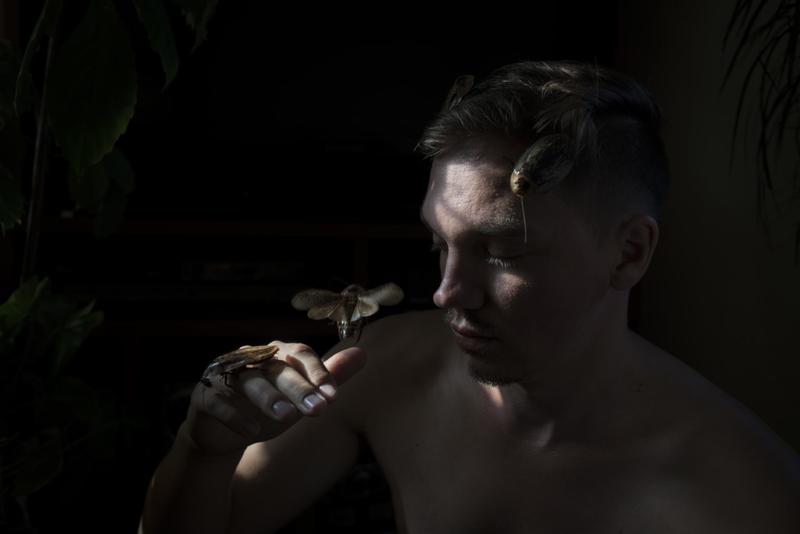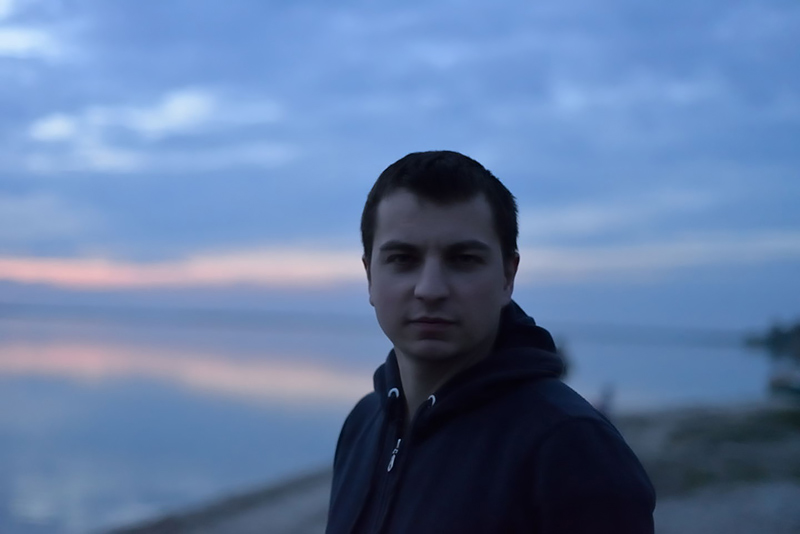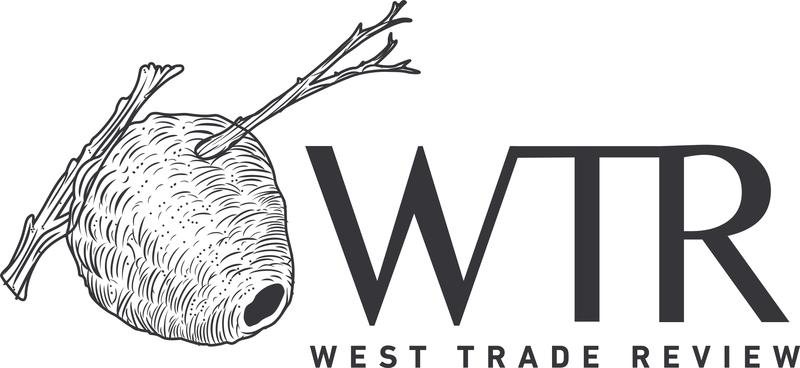_____________________________________________________________________________________________________________________________________________
Oleksandr Rupeta is a member of the International Federation of Journalists, the Federation of European Photographers, the Independent Media Trade Union of Ukraine, and the Ukrainian Association of Professional Photographers. As a news and reportage photographer, Oleksandr undertakes short and long-term projects about political, cultural, and social life in Europe, Africa, Asia, and the Middle East. His works covered sensitive subjects such as military confrontation, people with disabilities and health care in the less developed countries, persecuted religious communities, the LGBT community, the lives of ethnic minorities, and animal conservation among others.
His photos have appeared in The New York Times, Financial Times, The Times, The Guardian, The Economist, Time, Nature, Forbes, National Geographic Traveler, and others. His news photos were chosen numerous times as a photo of the day, a photo of the month, and a photo of the year in agencies such as NurPhoto, Zuma Press and GettyImages reportage. Oleksandr's personal projects have appeared in Dodho Magazine, Bird In Flight magazine, The Heavy Collective, Broad magazine, C41 magazine, FotoRoom, All About Photo Magazine, Reporters, Edge of Humanity Magazine, Mediterranean Citizens Story magazine, Local History magazine, Trip magazine, F-Stop magazine, UnFrame, BBC Travel, and others.
See more of his work at https://www.rupeta.com/ and follow him on IG @oleksandrrupeta.
This interview was completed for West Trade Review by Shannon Barbour who is a MFA candidate at the Bennington Writing Seminars. She writes essays and poems and lives in Mississippi with her husband and daughter.
WTR: You travel all over for your work; where is home? Do you get to spend much time there?
OR: Honestly, I don't have a place that I can call home. But lately, I start to think that it’s time to have one.
WTR: With the global pandemic, are you able to travel and work as normal? How have you been affected?
OR: In the current situation working abroad is a serious challenge. But I still have enough work and interests in Ukraine. The pandemic allows me to focus my work on Ukraine, which is good.
WTR: Have you always been interested in photography? Was art an important aspect of your life as a child?
OR: I started taking pictures when I was eight or nine years old. I developed films and printed pics by myself. This went on for several years, then there was a long break. A decade later I returned to photography more meaningfully. My parents were artists, and I was surrounded by art from an early age.
WTR: I love that your parents were artists! What type of art do/did they make?
OR: My parents were painters. They also worked in graphic design.
WTR: Do you remember the first photograph or first piece of art you fell in love with, the first piece that made you consider the world in a different way?
OR: We had a large selection of photo magazines from East Germany and Czechoslovakia, as well as Sovetskoe Foto magazines, at home. I was going through them in childhood. I can't recall a specific photograph that affected me. Probably, there was a nu-series, by a Czech photographer. The photos of the male body's parts: the facial hair, calluses on the heels, etc. The tone of the series reminded me of the short film The Perfect Human by Jorgen Leth. I remember the series impressed me against the stereotypical nude pics. After, Caravaggio made me a similar impression with his audacity. As a child, I liked Henri Matisse's works. This admiration was influenced by my mother.
WTR: Your childhood home sounds pretty wonderful in terms of the availability of art. Did your parents support your decision to become a photographer?
OR: I suppose they didn't take my interest in photography seriously. As a child, I was into a lot of things. I drew, wrote stories, made music (I have a musical education, and at a certain period of my life I had to choose between music and photography).
WTR: What was your first camera?
OR: The old, used "Smena 8M" camera. Probably the most common and unpretentious camera in the Soviet Union.
WTR: Do you remember your first photograph? Do you still have it?
OR: No, I don't. I don't think it was something special.
WTR: Who were your earliest artistic influences? Who continues to influence you? Is there any work in particular that you think everyone should know?
OR: I have eyes on the modern trends of fashion photography. What was recently controversial, today has become a standard. I wonder what trends will come next, but I try not to limit my artistic influences only to photography. Painting, cinema, literature, music also matter. Furthermore, I am interested in rethinking the issue of authorship in the modern world, to which Michel Foucault and Roland Barthes paid attention. Project photography brought up this topic many times from using Instagram feed (Richard Prince) or Google Street View (Doug Rickard) to removing the artist from the shooting process (Autoportrait project by Martin Parr, Daily Portrait project by Martin Gabriel Pavel) or focusing on random shots in the Lomography movement.
WTR: I think your interest in authorship comes across in your work. You seem to have such a connectivity with both your subjects and the audience. Do you think of yourself as being more controversial/trendy or mainstream? Or do you not think in those terms and just take the pictures that feels right at the moment?
OR: Rather, the latter. When I work on a story, everything turns out organically. But, over time, I often feel that it was possible to shoot better and in another way. I would like my brain to work more freely and originally. I've got a lot to strive for.
WTR: Your work captures and gives voice to issues and people that might otherwise have gone without; what inspired you to use your camera in this compelling way?
OR: In selecting the themes I try to listen to my inner voice. The questions that resonate inside of me turn out to be much more important on the final result than the coverage of widely-discussed issues.
WTR: How do you decide on a project? What amount of research is involved? Do you spend time interviewing potential subjects?
OR: I usually have ideas for several projects that are waiting for their proper time. Preparation can take weeks to months and has a lot of changes in the process. Live communication with people and a sense of the surroundings are usually very different from theoretical constructions. I have started a few projects that lately stalled because I didn't feel the response from the characters. For the successful project, both parties should meet halfway, the author and the characters. As for interviewing, it depends on the chosen style and theme of the project. For instance, in “Someone in Your Corner” and “Peach Margin” I had preliminary talks. “Temples of an Atheist State” and “Everything by us is a holiday” were done more spontaneously.
WTR: The way you describe the beginning stages of a project could be used to describe the beginning stages of a new writing project. Do you think the genesis of all art is similar?
OR: Definitely. The source is the same, the means of expression are different.
WTR: As a documentary photographer, how much time do you spend with your subjects before you shoot them? Is a relationship necessary for them to trust you or is it better for you to be more an absent observer?
OR: Generally, the more time I can spend with the subject is better. It takes time to find something unique. But that happens in different ways, and the successful shot can be obtained from the first minutes. The character's attitude and confidence in the photographer are very important. But during the session, it's rather to feel some detachment and have a cold mind to control everything that takes place in the frame.
WTR: How long are your trips? And where do you stay while you’re working?
OR: The length of my trips is very different. The longest trip was just over eight months. It was across Asia. Of the others, up to six months, I've been in Africa, the Middle East, and India. The rest of my journeys are much shorter: from one and a half months to a couple of weeks. I often use Couchsurfing, a great opportunity to meet local people and quickly immerse yourself in the rhythm and atmosphere of local life. But for work it is not always convenient, you got to make time for your hosts. But often many people are happy to help find the right characters and locations. In any case, this is an interesting and rewarding experience. Generally, while I ride, I use all the opportunities for spending the night: a tent, hostels, hotels, renting apartments or rooms (if I stay in one place for a long time), invitations to spend the night from local residents, sometimes I just have local friends to stay with.
WTR: That sounds amazing! Are there any places you enjoyed more or that you’d like to return to and explore in different ways? If maybe you were on vacation and not working.
OR: I'm very interested in China. I stayed there for a month and focused on the project, which I shot mainly in metropolitan areas. I’d like to explore this country more broadly. After traveling to Africa, I felt very tired mentally, but now, after a few years, I would like to work there again. People in the Middle East are incredibly hospitable, with big open hearts, and I do miss their generosity. The maximum time I was in one country was three months, and it seems to be not enough to understand the local way of life.
WTR: Do you prefer to travel alone or with someone? If someone is with you, do they assist in your shoots or just accompany you?
OR: When I started traveling as a news and reportage photographer, I worked with partners who helped me organize the shooting and write the small descriptions. I am very grateful to these people for the experience. I think otherwise it would have been much harder for me to work on my own projects. Nowadays, while making reportages for magazines, I most often work in tandem with a writing journalist. My personal projects I do alone.
WTR: Do you wait until you return home to look through the photographs or does that process begin in the field? What is your editing process like?
OR: Working with news agencies taught me to work quickly. Photos must be selected and edited on the day of shooting. Work on reportages usually takes several days, and if I'm not completely tired after the working day, I try to analyze and make a preliminary selection that evening, and finish the work a few days after. The projects take a lot more time, and, generally, I start making the final selection and work on the series after the shooting, although the notion of how it will look like is formed in the process.
WTR: For projects like “Temples of an Atheist State” and “Everything by Us is a Holiday,” did you select the locations before you selected the subjects? By that I mean the locations themselves seem as integral to the piece as the people in the photographs, so how did it happen that the people entered the frame?
OR: These two series are impressions stories. I worked in advance on the idea. In “Temples of an Atheist State,” I traveled around Albania, asking the locals about bunkers. Sometimes I saw them on the way, marked them on the map, and then returned to these places. Two girls, who are holding hands in front of the bunker on the photo, came running to see what was happening when their parents took me to the backyard of their house to show the bunker. I asked Mr. Bregu, who drinks wine outside the bunker while he is waiting for visitors to his cafe, for another sip to take the photo before joined to the conversation.
In the case of “Everything by Us is a Holiday,” I traveled along a mountain river that was used for rafting a long time ago. I hiked and asked locals about places and people. So I found out 94-year-old Anna, who lives alone on the top of a mount and refusing to go down. I spent a day to find her hut. A local pastor, who invited me to spend the night, told me about the village head who built a homemade helicopter.
WTR: Oh wow. The photo of Anna has remained in my mind; it just stays with me. It’s so striking and beautiful. I really love hearing her story. Do you keep a journal or some record of everyone you meet? Some way to catalog your travels and experiences other than the photographs themselves?
OR: Unfortunately, I am often too lazy to catalog everything in the process. I mainly rely on my memory, and this turns out not so good most of the time. Getting my notes in order and captioning photos correctly over time can become a real challenge. With experience, I have found that the work should be perceived as a whole. The background is such important as the visual part.
WTR: Especially in “Someone in Your Corner,” but also in some photographs I saw elsewhere, you capture the personality of animals and really give a sense that you have formed a relationship with them. I’m thinking here specifically of the photograph with the dog in the windowsill looking at the boy holding the snake. Did you always have an affinity for animals and an ability to connect with them?
OR: Rather, I never cease to amaze at the possibility of different species to show love, not only tolerate coexistence. I have never had exotic animals, only dogs and cats. In this project, I had the opportunity to spend enough time with the characters and their animals. I cannot say after this project I acquired the ability to connect with animals, but I got new impressions and experience for sure.
WTR: Religion and religion iconography seem prevalent in much of your work. Did you grow up in a religious family? If so, do you maintain that faith today? How has traveling and seeing different cultures and religious practices affected that, if at all?
OR: I would say my family is moderately religious, but I was a religious child. Now I rather respect the religious beliefs of others. I think that religion mainly shapes the culture, and I'm curious about cultural differences.
WTR: Your photographs of Ukraine are particularly striking. How did the conflict in Maidan and the ongoing war affect your work?
OR: After the annexation of Crimea, the armed conflict in the Donbass region, if you are a journalist from Ukraine, it's almost impossible to make a project on the other side. In this case, journalists from abroad have more opportunities to work on both sides.
WTR: There is a universality and humanity to your work: in “Peach Margin,” and in the images of conflict and the aftermath of trauma, and in movement of children’s bodies. It’s humbling, and especially in these times where travel is, for some of us, difficult, it was beautiful to spend hours with your work. So how important is it for you that your work is seen?
OR: I enjoy all stages of the project. This is developing the idea, information gathering, interaction with the characters, and compiling material for composing a series. Being seen is the natural conclusion in this line. On the other hand, I have a couple of completed series that have not been published for various reasons. Nevertheless, I still like them, and I appreciate the experience I got working on them.
WTR: If you had to pick just one of your photographs to share with the world, which would it be? If you had to pick just one of your photographs for yourself to keep, would it be a different one?
OR: Often happens, that the photo that started the project and based on which I built the story, is not included in the final series. I provide the search through photography, and I suppose that it's too early to conclude.
WTR: Thank you, Oleksandr, for this discussion. I’ve truly enjoyed getting to know your work and you. I don’t know about you, but I think the world is eager for art. Do you feel that? Is there any piece of advice you’d like to give fledgling artists?
OR: Thanks for your questions. I can’t speak for everyone, but I feel that art gives meaning to my life. I started work on solo projects just a couple of years ago, so I still consider myself a novice who needs to understand and study a lot. It seems to me that one thing is noticeable in photography more than in other types of art: often the mature works of the master, that are verified technically, are inferior to early ones. Perhaps early works are slightly naive, but lively and full of energy. I would wish for myself and others not to waste this creative energy and continue to look at the world with interest.
© 2020 West Trade Review
West Trade Review Online Exclusive: Interview with Oleksandr Rupeta
_____________________________________________________________________________________________________________________________________________



